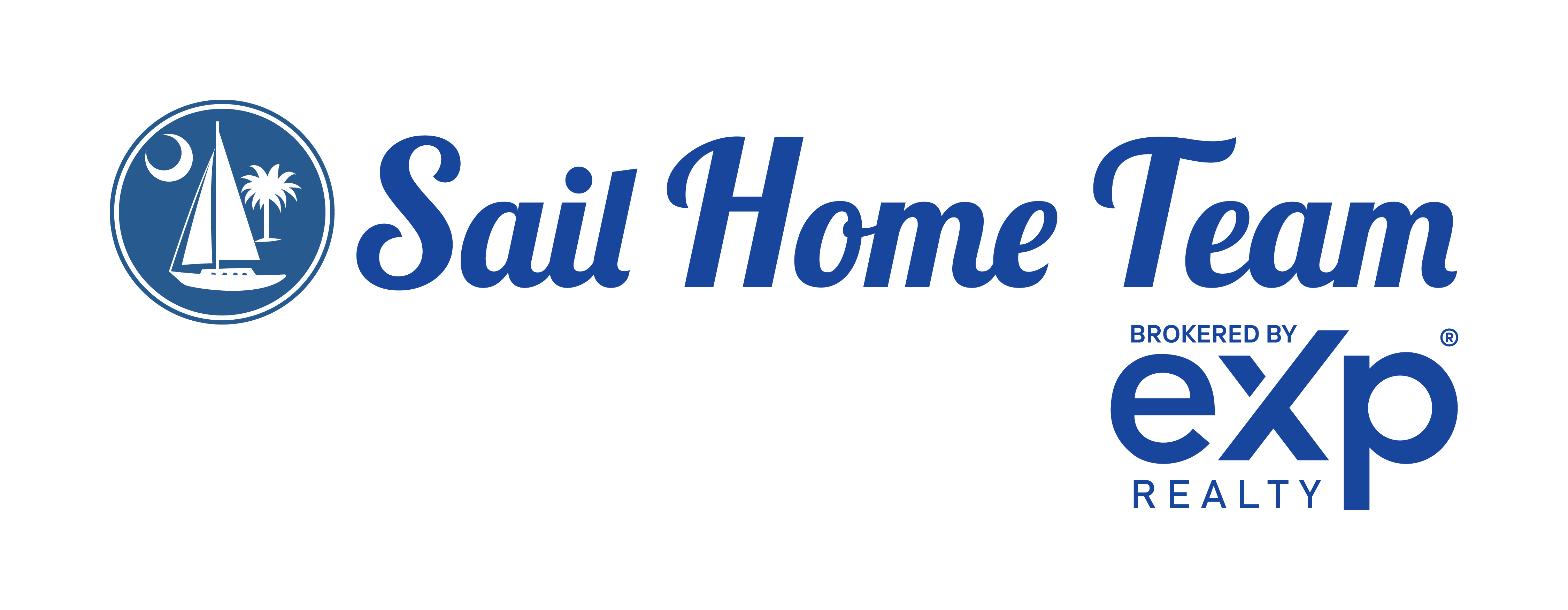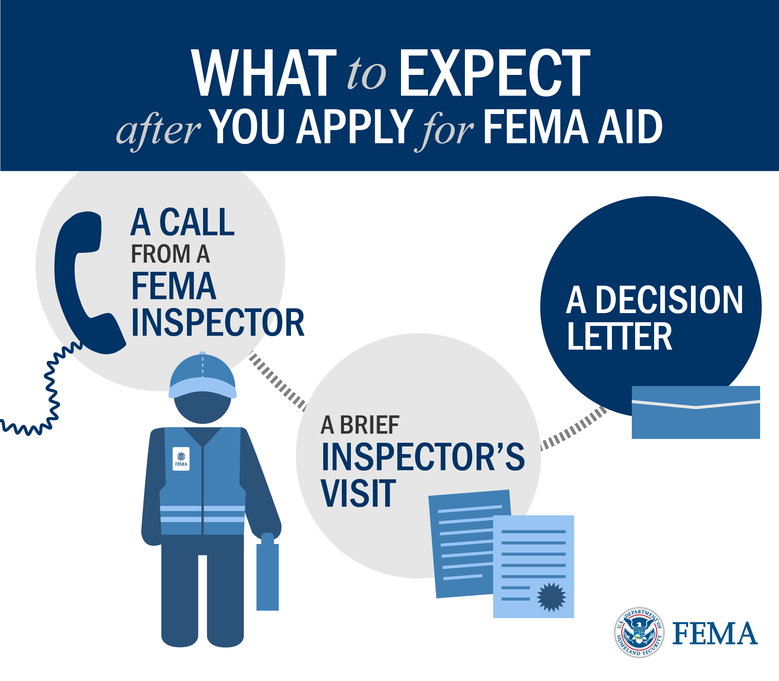

Hilton Head Island, Bluffton, & The Surrounding SC Lowcountry
Blog
Oct 25, 2016

 Registering with FEMA is the first step to getting federal disaster assistance. FEMA will ask you to provide information about the property damage you sustained from Hurricane Matthew, proof of your identity and residency, insurance and other documentation to help determine your eligibility.
Registering with FEMA is the first step to getting federal disaster assistance. FEMA will ask you to provide information about the property damage you sustained from Hurricane Matthew, proof of your identity and residency, insurance and other documentation to help determine your eligibility.
After you apply, FEMA will send you a copy of your application and a booklet, “Help After a Disaster: Applicant’s Guide to the Individuals and Households Program,” which will answer many of your questions. To get a copy now, click here.
This publication explains how FEMA’s disaster assistance program works; describes additional kinds of help you may qualify for from other federal, state and voluntary agencies; and gives you many important tips on how best to make all these programs work for you.
If your home or its contents are damaged and you are uninsured or underinsured, verifying disaster damage is part of the process to establish the amount and type of damage you suffered.
A FEMA-contracted housing inspector may contact you to make an appointment to view disaster damage. It is important to provide good contact information at the time of registration.
ABOUT YOUR HOME INSPECTION
FEMA now has about 270 contracted inspectors in the counties impacted by the storms and flooding. Every inspector is required to have a background in construction and is fully qualified to perform disaster-damaged home inspections.
Inspectors are private contractors who wear official FEMA identification badges. If you have concerns that the person is really a FEMA housing inspector, you should contact your local law enforcement agency who will be able to validate the inspector’s identification.
FEMA-contracted inspectors will only confirm personal detailed information that you previously provided during the registration process. There is no charge for an inspection.
The U.S. Small Business Administration and various insurance companies also have inspectors in the field.You may also see FEMA or state preliminary damage assessment teams in your area.
THE INSPECTORS VISIT
Usually within 10 days after you register with FEMA – online, by phone or at a Disaster Recovery Center – an inspector will call to schedule an appointment to visit your damaged property. Be sure to keep your appointment. If an inspection cannot be completed, FEMA may not be able to finish processing your application.
Keep the scheduled appointment to make sure the assistance process moves quickly. The inspection typically takes 10 to 20 minutes. You – or someone who is 18 or older and lived in the household prior to the disaster – must be present for the scheduled appointment. The inspector will assess damage to both structural and personal property. Inspectors do not determine eligibility or determine the value of damage or losses.
Do not wait for your inspection to start cleaning up and making repairs to your home. You should document the damage with photos or videos, and be sure to save your receipts. Inspectors are thoroughly trained and use specialized software to verify disaster damage quickly.
A FEMA inspection is not an insurance inspection. If you are covered by insurance, you should contact your insurance agent.
PROOF OF OWNERSHIP OR OCCUPANCY
Before examining your property damage, the inspector will ask for your identification and proof of ownership and occupancy (for homeowners) and occupancy only (for renters). You can speed up the process by having the appropriate documents on hand:
AFTER THE INSPECTOR’S VISIT
You will receive a letter of eligibility from FEMA within 10 days of your home inspection. If you are eligible for assistance, the letter will be followed by a check or an electronic funds transfer. The letter explains how the money can be used. You also may be referred to the U.S.
Small Business Administration (SBA) for a low-interest disaster loan application. You do not have to accept a loan, if you qualify. However, you must complete the application and return it to SBA to remain eligible for other types of federal assistance, such as FEMA grants if you do not qualify for a loan.
Survivors in all 21 qualifying counties — should register with FEMA even if they have insurance. FEMA cannot duplicate insurance payments, but under-insured applicants may receive help after their insurance claims have been settled. South Carolina counties designated for individual assistance are: Allendale, Bamberg, Barnwell, Beaufort, Calhoun, Clarendon, Colleton, Darlington, Dillon, Dorchester, Florence, Georgetown, Hampton, Horry, Jasper, Lee, Marion, Marlboro, Orangeburg, Sumter and Williamsburg counties.
In South Carolina, the “One SC Fund” supports and directs funds to nonprofit organizations providing disaster relief & recovery assistance. yourfoundation.org/community-impact/one-sc-fund-sc-flood-relief/. Survivors in the state who need food, clothing, and shelter to call 2-1-1, and for storm clean up to call 1-800-451-1954.
For more information about Hurricane Matthew recovery, visit the South Carolina Emergency Management Division at scemd.org/recovery-section/ia.
Source: The Town of Hilton Head. What to Expect After South Carolina Survivors Call FEMA


If you want to make a little piece of The Island your own, you need more than just a road map and a REALTOR. You need a partner who can make things happen.
Lifestyle
Communities
Activities
Home Sales Hit a Record-Setting Rebound
Jul 24, 2020